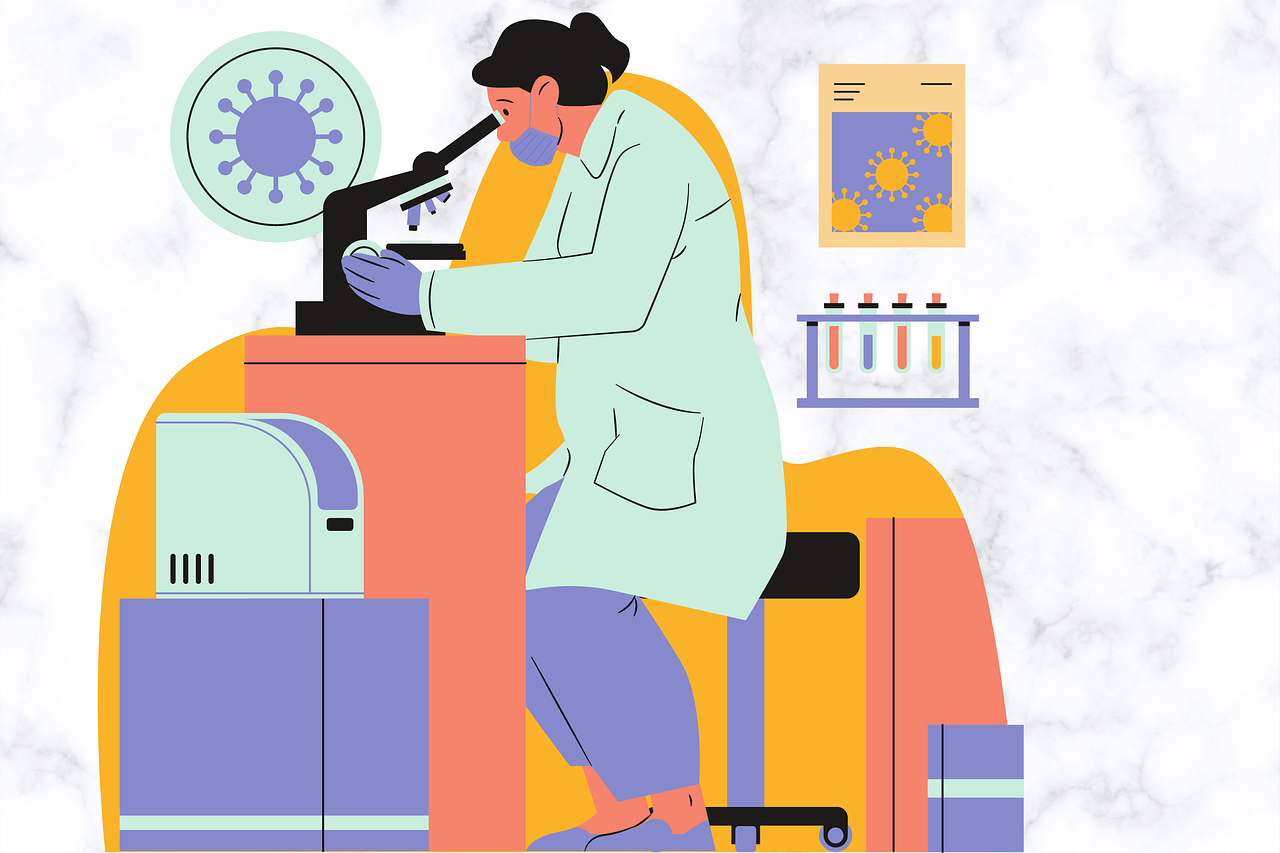How to Cope with SAD, or Seasonal Affective Disorder
 When Dr. Norman Rosenthal moved to the U.S. from South Africa, he felt less energetic during the harsh winters. He noticed that other people felt the same way. He studied the problem, published the first research on the syndrome and coined its name: seasonal affective disorder, or SAD.
When Dr. Norman Rosenthal moved to the U.S. from South Africa, he felt less energetic during the harsh winters. He noticed that other people felt the same way. He studied the problem, published the first research on the syndrome and coined its name: seasonal affective disorder, or SAD.
With winter just around the corner, here’s why you may feel this way — and simple ways to feel better.
1. Recognize the symptoms
Rosenthal says if you feel like things are getting more difficult every fall when it gets darker earlier, but you feel better in the bright days of spring and summer, you may well have SAD.
While some people don’t feel different at all when the seasons change, Rosenthal says others are quite disabled by it. People diagnosed with SAD, he says, are “people who would go to a doctor because the problem was bad enough.”
Rosenthal says it can be hard to recognize a pattern, because the symptoms creep up on you. But, he says, recognizing your symptoms and taking them seriously are critical, because SAD can be debilitating or worse.
2. Let there be light
Light — and not getting enough of it — are at the heart of this disorder.
It turns out that a fundamental part of the physiology of this condition is that some people just need more light. One often recommended fix for this is a SAD lamp. Rosenthal says these lamps generate light that’s far more intense than indoor lighting — about 10,000 lux, a measurement of light.
He says if you use the lamp for about 20 to 30 minutes a day, you should feel a difference within two weeks. If you don’t, return it.
3. Be thoughtful and consistent about what (and when) you eat
Rosenthal says people with SAD have a tremendous appetite for carbohydrates. “They crave sweets and starches. And needless to say, that puts on weight, and they can’t always take it off in the summer, so every year they’re ratcheting up a little more, a little more, and it’s a real problem.”
Emily Manoogian, Ph.D., is a clinical researcher at the Salk Institute for Biological Studies. She says it’s not only what you eat and how much but, importantly, when. To understand this, we need to understand circadian rhythms.
Make sure to stop eating three hours before you go to sleep, so your body knows to rest. By just controlling the time that you eat and keeping it within a consistent 10- to 12-hour window, you’re giving your body a really strong cue to tell it the time of day, regardless of anything else that’s going on.
4. Make time for movement
Like light or food, exercise is another environmental cue that helps signal to all those internal clocks what time it is. Manoogian says physical activity is a cue that says “wake up.” “Doing things like exercising during the active time of your day can actually help your body know kind of what time of day it is, coordinate using all that energy and stimulate the brain to be awake to the right time of day and then allow your body to really rest in the evening.”
She says controlling those external cues allows your body to really respond to the environment much better.
5. Reduce stress
Rosenthal says seasonal affective disorder has three main causes: a genetic component, a lack-of-light component and stress.
Reduce stress as much as you can. You may want to see a therapist and talk through how you feel. You may want to try meditation. Rosenthal says the effects of practicing meditation on SAD haven’t been fully studied yet, but he believes it can help because meditation destresses you.
Excerpted from “How to Cope with SAD, or Seasonal Affective Disorder” on NPR. Read the full article online for more details on the strategies outlined above.
Listen to the podcast of this article:
Source: NPR | How to Cope with SAD, or Seasonal Affective Disorder, https://www.npr.org/2020/10/23/927135639/coping-with-sad-or-seasonal-affective-disorder | © 2021 npr
A screening can help you determine if you or someone you care about should contact a mental health professional. Care Coordinators can arrange a free 30-minute Care Consultation so you can explore options with an expert. Call or email us at 650.688.3625 or careteam@chconline.org to set up an initial Consultation appointment.




